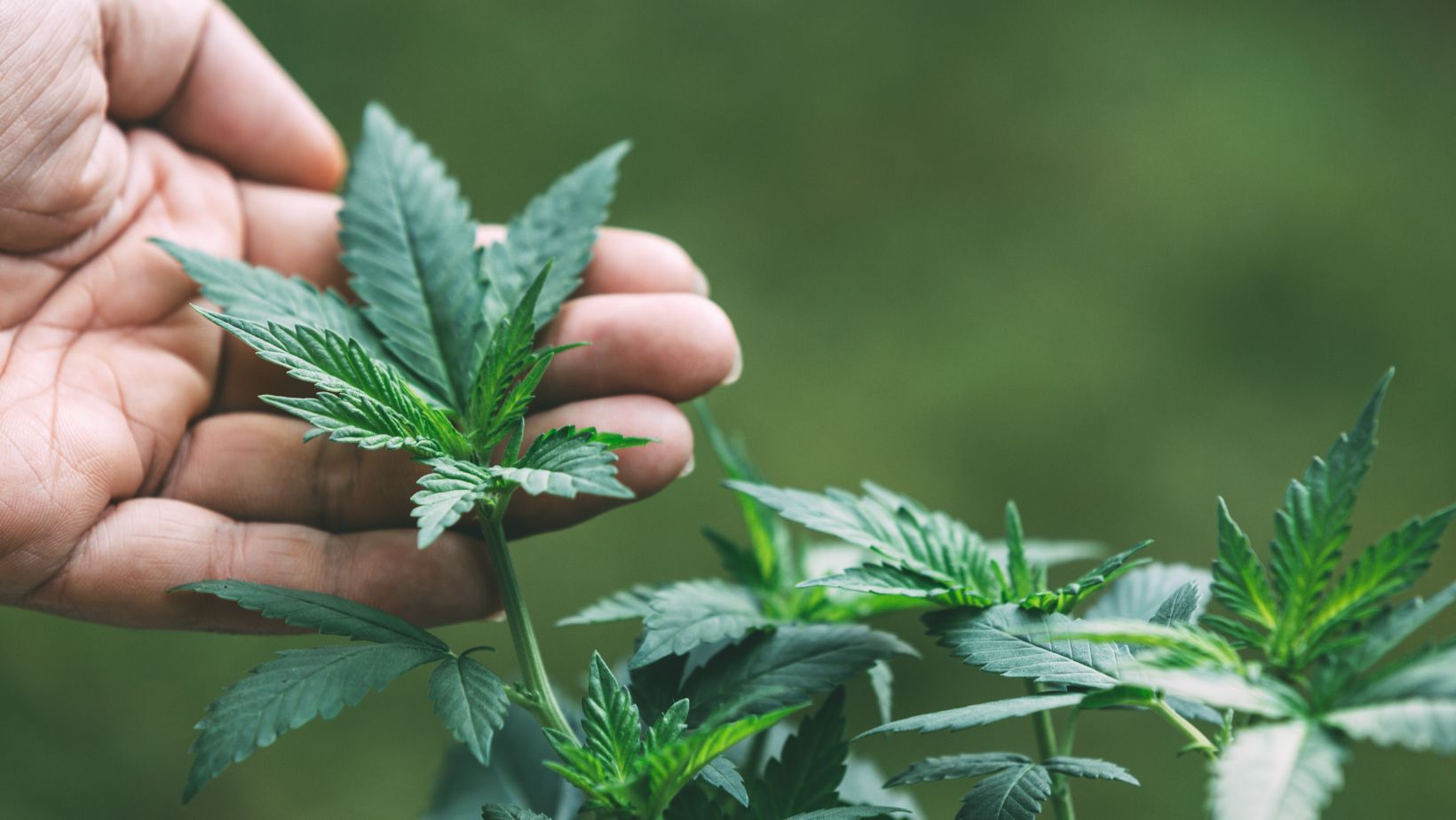Regular tree health assessments are crucial for ensuring the longevity and vitality of trees in our landscapes. These evaluations, conducted by professional arborists, are intended to identify potential threats and provide corrective measures to maintain overall tree health. Arborists play a vital role in preserving our green spaces by conducting thorough inspections and offering treatment plans tailored to each tree’s specific needs.
During an arborist tree health assessment, several key factors are examined to gain a comprehensive understanding of a tree’s condition. From visual inspections to soil analysis, every aspect contributes to the tree’s wellbeing. Healthy trees not only beautify our environments but also enhance property values, contribute to air quality, and provide shelter for wildlife. By ensuring trees are well-maintained, we create a sustainable ecosystem that benefits both people and nature.
Table of Contents
ToggleVisual Tree Inspection
The first step in an expert tree health evaluation is often a visual inspection. Arborists meticulously examine the tree from top to bottom, looking for any visible signs of distress. Broken branches, leaning trees, or any form of physical damage can indicate underlying issues that need immediate attention. Unusual growth patterns or abnormalities, such as bulges or cankers, might suggest disease or pest infestations.
Seasonal changes can significantly impact tree health, and arborists take this into account during their assessments. For example, leaf discoloration in autumn might be normal, but if such changes occur in spring or summer, it could signify a problem. Recognizing what is typical for each season allows arborists to identify potential issues more accurately.
Soil and Root Analysis
The health of a tree is deeply connected to the quality of the soil it grows in. Soil tests are performed during tree health evaluations to assess the nutrient composition and pH levels, ensuring they are suitable for the specific tree species. Techniques such as soil sampling and laboratory analysis provide detailed information about the soil’s condition.
Roots are the lifeline of a tree, and any issues with the root system can jeopardize the entire plant. Arborists inspect the root area for signs of disease, decay, or structural problems. Ensuring that roots have adequate space and are not constrained by compacted soil or other barriers is essential. Soil moisture levels are also critical; too much or too little water can lead to significant health issues. Arborists might use tools like moisture meters to monitor and adjust irrigation practices accordingly.
Disease and Pest Identification
Trees are susceptible to various diseases and pests, which, if not identified early, can cause severe damage. Common tree diseases, such as powdery mildew or root rot, have specific symptoms that arborists look for during tree health evaluations. Identifying these symptoms early on allows for timely intervention.

Pest infestations are another significant concern. Arborists use a range of methods to detect the presence of pests, from visual inspections to setting up traps. Pests like bark beetles or aphids can weaken a tree and make it more susceptible to disease. Arborists recommend treatment options and preventive measures such as chemical treatments or introducing natural predators to manage pest populations.
Structural Integrity Evaluation
A tree’s structural integrity is critical for its stability and safety. Arborists closely examine the main trunk and branch structure, looking for any cracks, splits, or cavities that could compromise the tree’s strength. Proper architecture, characterized by well-formed branches and a sturdy trunk, ensures that the tree can withstand environmental stresses such as wind and heavy rainfall.
Tools and technology, such as resistance drills and sonic tomography, can be employed to assess internal decay or damage that isn’t visible from the outside. These advanced techniques provide a clear picture of the tree’s structural health, allowing for informed decisions about maintenance or remedial actions.
Foliage and Nutrient Assessment
The appearance of a tree’s foliage is often a good indicator of its overall health. Arborists analyze leaf color, size, and density to identify any signs of nutrient deficiencies or excesses. Yellowing leaves, for example, might indicate a lack of nitrogen, while dark green leaves could signify an excess of nitrogen.

Leaf sampling and laboratory testing offer precise insights into nutrient levels, enabling arborists to make tailored recommendations for fertilization. Balanced nutrient management is essential to support tree growth and resilience against diseases and environmental stresses. Fertilization plans might involve applying specific nutrients, adjusting soil pH, or improving soil structure to enhance nutrient availability.
Conclusion
In summary, arborist tree health assessments involve a thorough examination of various factors that contribute to a tree’s vitality. Visual inspections, soil and root analysis, disease and pest identification, structural evaluations, and foliage assessments all play a part in diagnosing tree health issues. Regular health checks by certified arborists are crucial in maintaining healthy trees, contributing to a safer and more beautiful environment.
Proactive tree health assessments not only address current problems but also prevent future issues, ensuring that trees continue to thrive. Experts recommend contacting professional arborists for regular evaluations and tree care needs, ultimately fostering a healthier and more sustainable ecosystem for everyone to enjoy.





